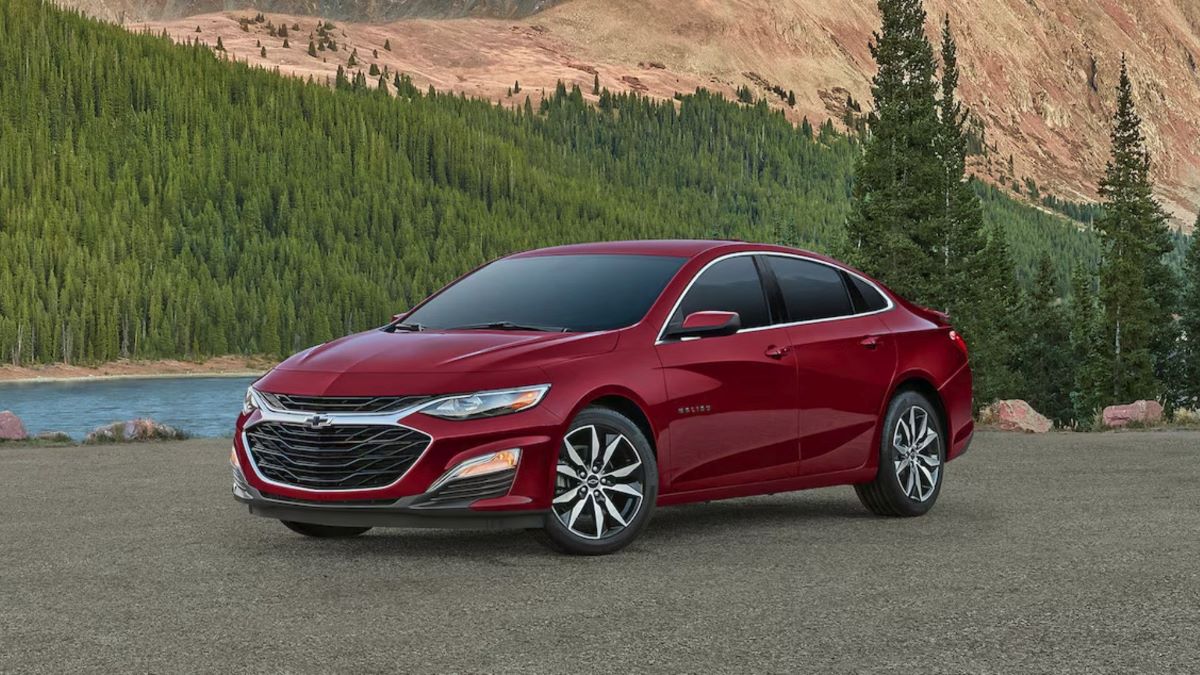A dependable daily driver isn’t just about comfort, fuel efficiency, or even handling—it’s about one core trait: reliability.
When your schedule depends on being where you need to be, nothing is more frustrating than turning the key (or pushing the start button) and getting nothing but silence.
In a world filled with increasingly complex vehicles, the difference between a car that starts every time and one that doesn’t can mean the difference between keeping your job and losing a day’s income.
This feature dives into both sides of that experience: five daily drivers that are renowned for firing up every single morning, no matter the weather, mileage, or age—and five that too often leave their owners stranded in driveways, parking lots, and gas stations.
Whether you’re shopping for a used commuter car, evaluating your own ride’s future, or just curious which cars mechanics trust most (or least), these lists aim to separate the rock-solid from the risky.
From no-nonsense sedans and compact workhorses to unreliable experiments and mechanically fragile flops, we’ll explore what makes some vehicles dependable day in and day out—while exposing the repeat offenders that fail when you need them most. Let’s start with the daily drivers that always start.
Also Read: 5 Cars You Can Abandon for a Year and They Still Start and 5 That Die in a Week
5 Daily Drivers That Always Start
In the world of daily driving, reliability reigns supreme. You could have all the latest features—lane-keeping assist, panoramic sunroofs, and built-in Wi-Fi—but none of it matters if your car won’t start when you’re rushing out the door.
For commuters, students, tradespeople, and just about anyone with a tight schedule, a dependable ignition is more important than horsepower or high-tech gadgets.
That’s why some cars earn legendary status—not for being flashy or fast, but for their unwavering ability to wake up, fire up, and go.
This list highlights five daily drivers that are known for one thing: starting. Day in and day out. Cold mornings, scorching afternoons, high mileage, neglect—these cars keep doing their job with minimal complaint.
We’re talking about models with simple, proven engineering, low-stress drivetrains, and strong track records from real-world owners and mechanics alike. These aren’t just reliable in theory—they’ve been tested over years, in countless conditions, and consistently deliver what they promise.
So why are we writing this? Because in a world filled with cars that overpromise and underdeliver, it’s important to celebrate the quiet champions—the ones that do their job without fuss.
If you’re hunting for a used vehicle that you can count on, these five should be at the top of your list. They may not be glamorous, but when it’s freezing outside and you’re already late, you’ll be thankful for their loyalty.
Let’s break down the five cars that never fail to show up for work. Each of them has earned its reputation not from a marketing campaign, but from years of faithful service in the real world.
1. Toyota Corolla (2009–2019): The Unshakable Standard of Reliability
When it comes to daily drivers that always start, few vehicles can match the legendary reputation of the Toyota Corolla. Especially the 2009–2019 generation, this compact sedan is the textbook definition of reliable.
It doesn’t boast thrilling performance or bleeding-edge tech, but what it does offer—unquestionable dependability—makes it a favorite of commuters, delivery drivers, students, and anyone who just needs a car that works. Every. Single. Day.
What makes the Corolla so consistently reliable? For starters, it’s built on a rock-solid platform with tried-and-true mechanicals. The 1.8-liter four-cylinder engine used throughout this generation is one of the most bulletproof motors Toyota has ever made.
It’s under-stressed, non-turbocharged, and engineered with simplicity in mind. The accompanying transmissions—whether it’s the old-school 4-speed automatic, 5-speed manual, or the later CVT—have proven themselves to be durable under daily stress.
The Corolla’s electrical system is another key factor in its consistent startups. Unlike more complex vehicles that load up on sensitive electronics and parasitic battery drains, the Corolla’s basic design limits potential failure points.
It doesn’t suffer from unpredictable ignition modules, sensor overload, or complex AWD systems that can create startup problems in cold or wet weather. Even in sub-zero temperatures, the Corolla is known to fire up with minimal hesitation.
Another strength? It tolerates neglect. While every car benefits from routine maintenance, the Corolla is famously forgiving.
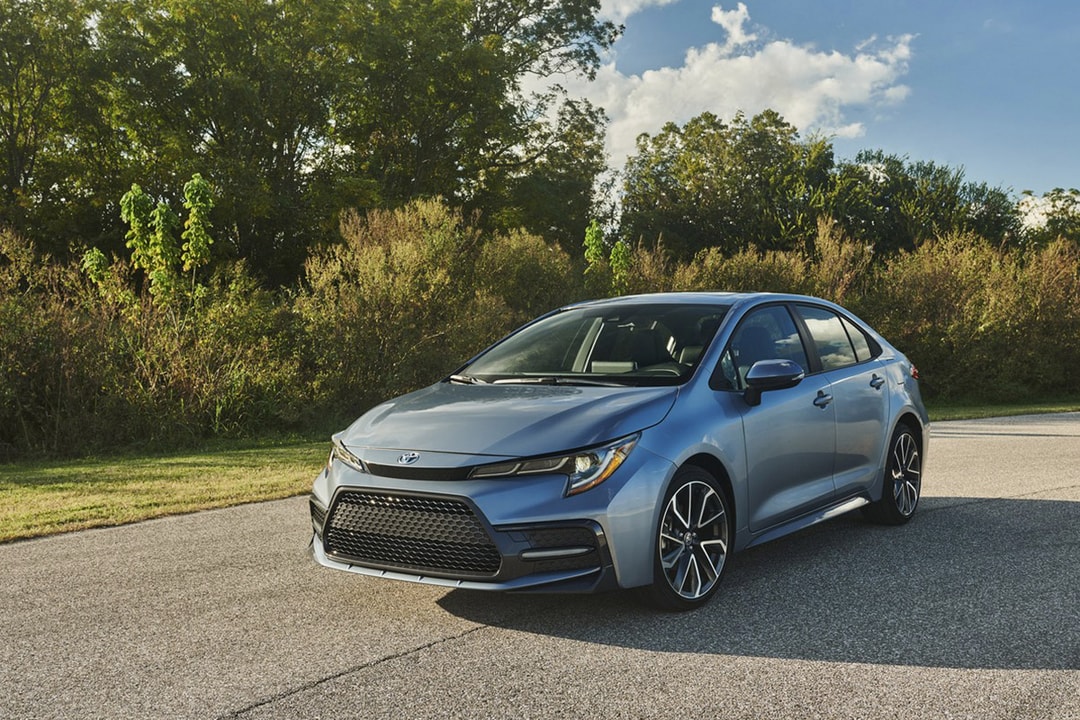
Many owners push oil changes far past recommended intervals, ignore minor warning lights, and still report minimal issues. It’s not a practice to be encouraged—but it speaks volumes about how durable this platform truly is.
Add to that the Corolla’s easy availability of parts, affordable repair costs, and massive support network of mechanics familiar with the model, and it becomes even clearer why this is a daily driver favorite. It doesn’t just start—it keeps starting, year after year, mile after mile.
In short, if you’re looking for a used car that doesn’t care about weather, age, or mileage—and one that simply works without drama—the Toyota Corolla from this generation is the safe bet. You won’t win races, but you will get to work. Every time.
2. Honda Civic (2006–2015): Bulletproof Engineering for the Everyday Grind
The Honda Civic has long been one of the most trusted names in affordable transportation, and the 2006–2015 generation cemented that reputation with a blend of simplicity, mechanical excellence, and low-cost maintenance.
As a daily driver, few cars inspire as much confidence when you turn the key. Whether you’re in a rush to class, commuting across town, or facing a bitterly cold morning, the Civic starts up and gets you where you need to go—with almost no fuss.
This generation, particularly the eighth (2006–2011) and early ninth (2012–2015), uses one of Honda’s most reliable engines: the 1.8-liter R18 four-cylinder. It’s not a high-performance engine, but it’s precisely that lack of stress and complexity that makes it shine.
No turbochargers to fail, no fancy tech gimmicks—just a tried-and-true motor paired with a manual or conventional automatic transmission that has proven to be incredibly resilient over time.
Cold weather starts are a non-issue. The Civic’s electrical system, ignition coils, and battery management are all designed to function with minimal current draw and great cold-cranking reliability. Plus, with such a huge global presence, replacement batteries, starters, and alternators are readily available and affordable.
The Civic is also known for its resistance to expensive problems that plague other cars with age. The starter motor rarely fails. The ignition switch is durable.
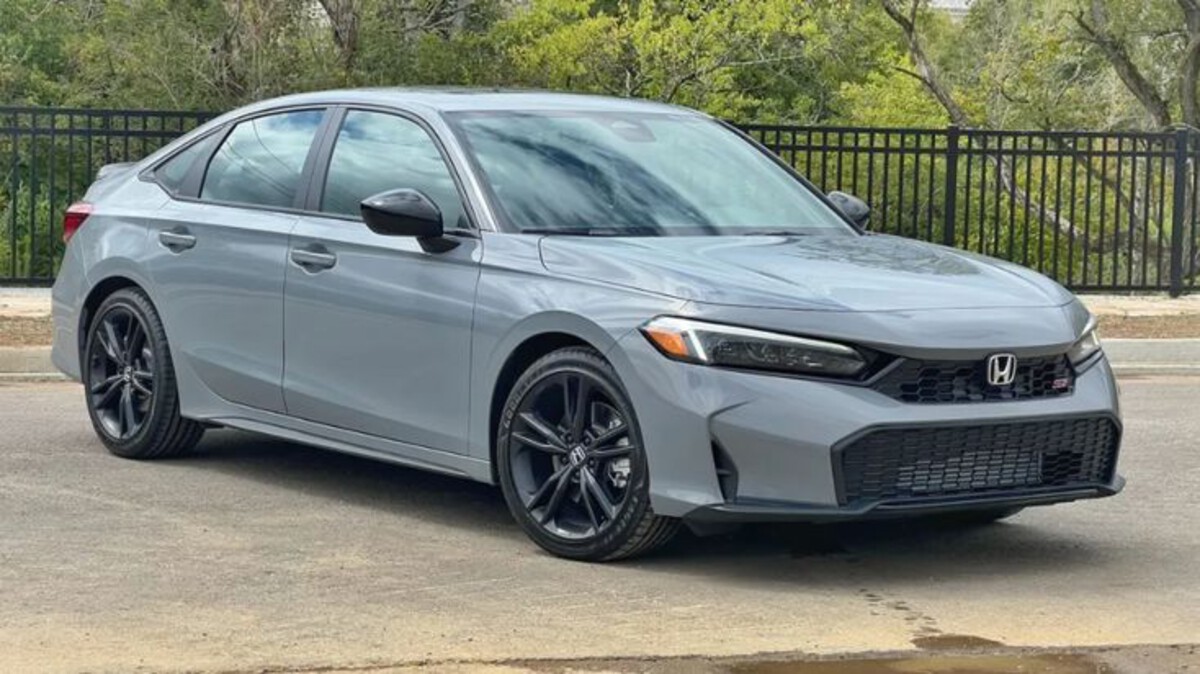
The sensors that control engine management are long-lasting and usually give plenty of warning before any failure occurs. In essence, it’s a car that doesn’t surprise you—except by how rarely it causes trouble.
Maintenance is also Civic-friendly. Even if you skip a few services (not recommended, of course), the engine usually keeps ticking.
There’s a reason these cars are still used for ride-share fleets, courier services, and first-time drivers: they just work. And they keep working—even into the 200,000-mile range.
So if you’re looking for a daily driver that doesn’t flinch at a cold start or a long commute, the Honda Civic from this era is a champion. Affordable, reliable, and mechanically sound, it earns its place among the most dependable daily drivers ever made.
3. Mazda3 (2010–2013): The Overlooked Starter That Always Shows Up
While Toyota and Honda often dominate discussions about reliability, the Mazda3 from the 2010–2013 era quietly delivers start-after-start consistency without the fanfare.
This second-generation model is known for being fun to drive, stylish, and—most importantly for this list—dependably reliable as a daily driver. It’s a compact car that punches above its weight in terms of both performance and durability.
One of the key factors in the Mazda3’s consistency is its engine lineup. Most models from this period come with the naturally aspirated 2.0-liter MZR engine, which is both smooth and incredibly robust.
There’s also the optional 2.5-liter engine borrowed from the Mazda6, which adds a bit more power while still maintaining excellent reliability.
These engines are free of turbochargers or overcomplicated systems and are known to fire up quickly even in cold climates and after long periods of sitting.
Mazda also avoided overly complex electrical systems during these years. The ignition system is basic and proven, and issues with starters or alternators are rare.
Even high-mileage models tend to crank over without hesitation, and with simple battery replacements and proper fluid maintenance, these cars can easily reach well past 200,000 miles without losing that reliable first-turn start.
The 2010–2013 Mazda3 also benefits from tight build quality. The wiring harnesses are well-secured, and the engine bay layout makes diagnostics and maintenance easier compared to some competitors.
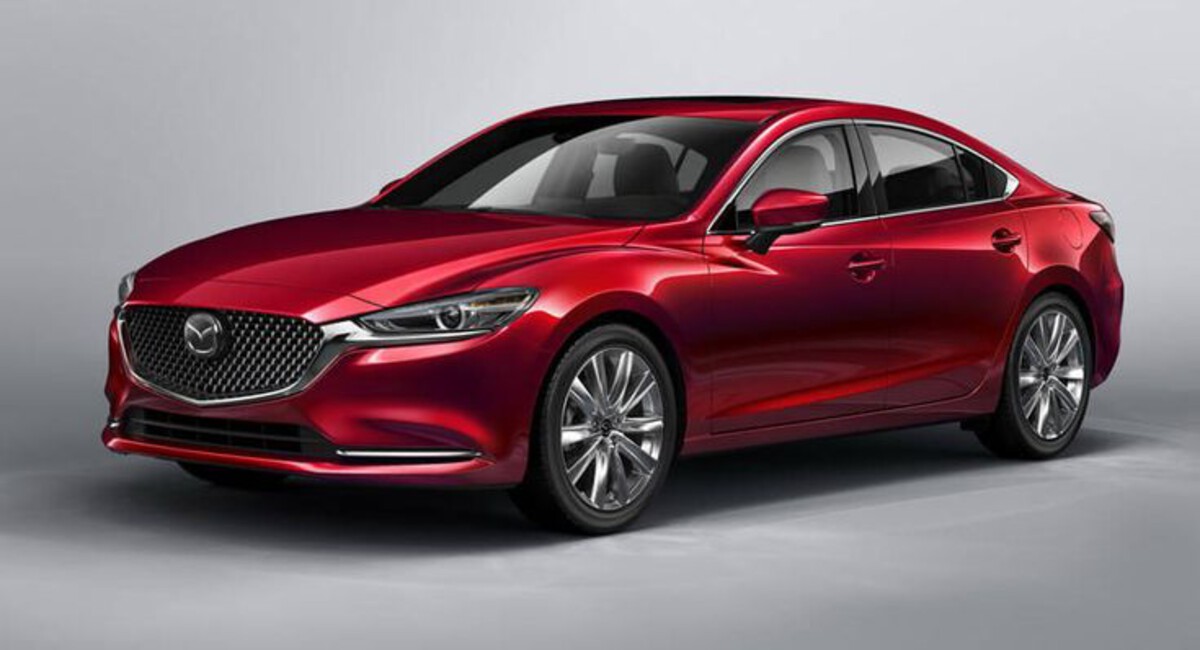
Fewer electrical gremlins means fewer surprises—and fewer mornings where the car just refuses to turn over for no good reason.
While it might not have the same bulletproof image as a Corolla or Civic, the Mazda3 has proven itself through real-world use. Owners regularly praise its consistency and lack of major failures, even as the miles stack up.
And thanks to its slightly underdog status, used prices tend to be lower than its Japanese rivals—making it a smart buy for budget-conscious drivers who still demand dependable starts and low drama.
In short, if you want a car that combines fun-to-drive handling with clockwork ignition reliability, the 2010–2013 Mazda3 delivers. It’s a car that doesn’t just look good and drive well—it shows up when you need it, every single time.
4. Hyundai Elantra (2011–2016): Economical, Simple, and Shockingly Reliable
Once written off as a budget alternative to more established brands, the 2011–2016 Hyundai Elantra turned the tide for Hyundai’s reputation—offering sharp looks, solid fuel economy, and, most importantly for this list, exceptional reliability in day-to-day use.
If you’re looking for a no-frills daily driver that’s always ready to start when you are, this Elantra generation is a top contender.
At the heart of its reliability is Hyundai’s 1.8-liter Nu engine. While not flashy in terms of power, it’s a sturdy, low-stress unit that holds up extremely well to daily commuting.
Paired with a 6-speed automatic or manual transmission, the drivetrain is refreshingly straightforward and resistant to the kind of issues that plague more complex setups.
It doesn’t suffer from timing chain nightmares, turbo failures, or chronic sensor breakdowns—and in turn, it doesn’t leave drivers stranded on cold mornings or sweltering afternoons.
Where the Elantra truly earns its “always starts” title is in its electronics and starting system. The ignition switch, battery system, and starter motor are all built with simplicity and durability in mind.
There’s minimal current draw from accessories, and the system rarely suffers the kind of gremlin-like behavior that affects many modern cars with start-stop systems or overengineered keyless setups. This car is about dependable fundamentals—and it works.
The Elantra is also forgiving. Owners often report running well past service intervals on spark plugs, fluids, and filters with little impact on starting performance. And when maintenance is needed, parts are cheap, and mechanics familiar with the platform are easy to find.
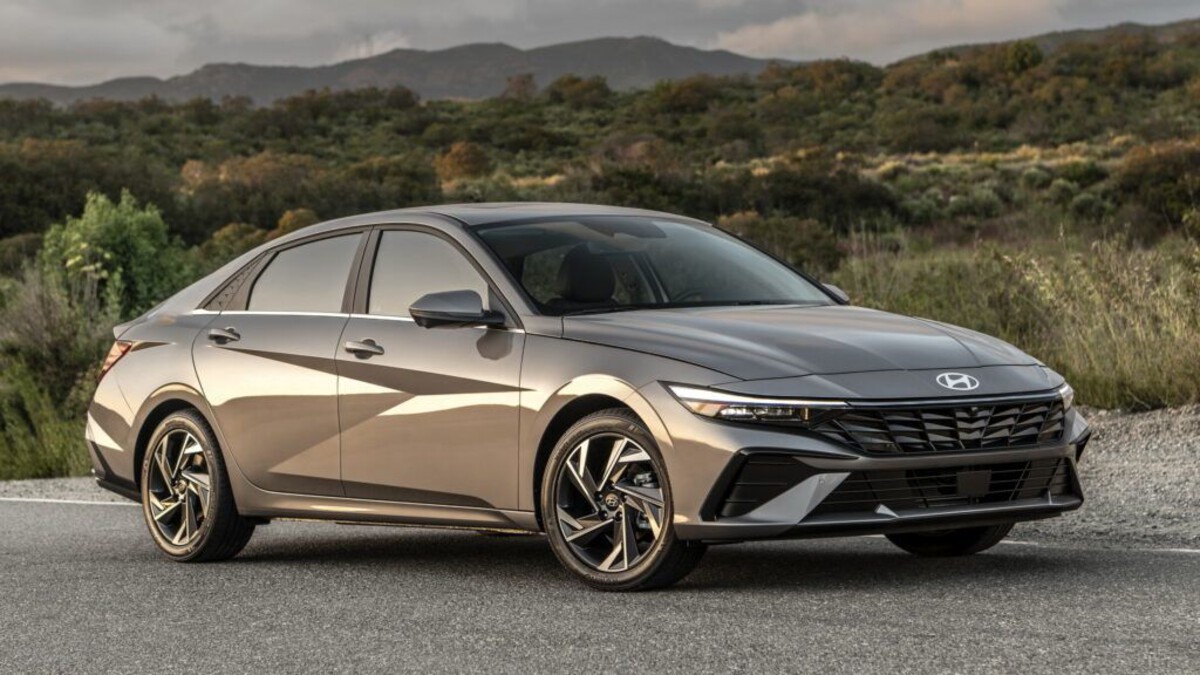
Add in Hyundai’s original 10-year/100,000-mile warranty for peace of mind in earlier ownership, and it’s easy to see how these cars rack up years of trouble-free starts.
Even as these models age and rack up mileage, they maintain strong cold-start reliability and low battery strain. The electronics don’t overtax the system, and the fuel and ignition components tend to wear gracefully rather than suddenly.
If your top priority is a car that reliably starts every morning without the need for constant babysitting, the 2011–2016 Hyundai Elantra proves that dependable doesn’t have to mean expensive—or boring.
5. Subaru Impreza (2012–2016): All-Weather Warrior That’s Ready Every Morning
If your daily commute involves unpredictable weather, rough roads, or steep driveways, the 2012–2016 Subaru Impreza is the compact car that not only starts every time but also shows up ready to conquer the elements.
While Subaru is often associated with ruggedness and outdoorsy charm, the Impreza of this era also happens to be a champion of reliable daily starts—thanks to a combination of smart engineering, a durable drivetrain, and one of the most confidence-inspiring all-wheel-drive systems in the segment.
Powered by Subaru’s 2.0-liter flat-four “FB20” engine, this generation moved away from the slightly more temperamental designs of older Subarus. The engine is simple, fuel-efficient, and built for longevity when properly maintained.
While earlier models in Subaru’s lineup had issues with head gaskets or oil burning, this generation of Impreza is generally free from those major flaws, especially in the 2014–2016 models.
Even with its standard AWD system—which can sometimes introduce starting and battery drain issues in other cars—the Impreza still manages quick, consistent startups.
Subaru’s symmetrical AWD system is always engaged, yet it’s engineered to minimize electrical load and mechanical drag at startup. That means it doesn’t sap battery strength or create excessive friction when you fire it up on a cold morning.
The Impreza’s battery, starter, and alternator system are also well-matched to its powertrain. The design allows for solid cold-cranking performance, even in regions known for frigid winter temperatures.
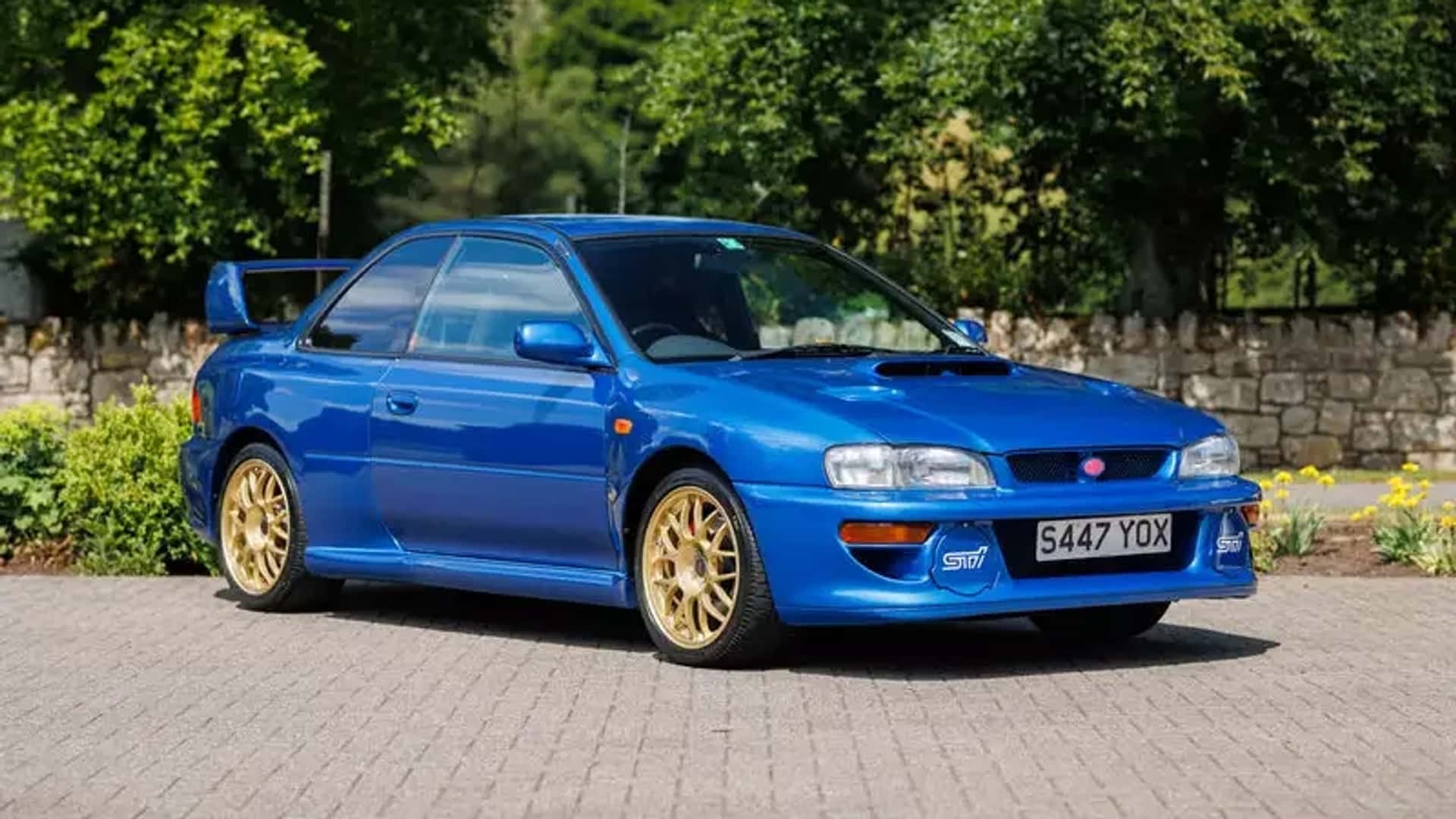
And with no turbo to worry about, the naturally aspirated engine delivers predictable, linear starts that don’t strain components over time.
Interior tech in these models is modest, which helps keep parasitic electrical drain low. No overly complicated infotainment or electronic systems means fewer potential points of failure.
This, combined with straightforward access to components, keeps repair costs down and keeps the car running without drama.
Add in its good ground clearance, affordable maintenance, and reputation for safety, and the 2012–2016 Impreza becomes more than just a reliable starter—it’s a practical, all-season commuter with an excellent record for long-term daily use.
Whether you’re navigating snowy backroads or just need something that starts without question Monday through Friday, the Impreza has proven itself to be as faithful as it is functional.
5 Daily Drivers That Often Don’t
While some cars are praised for their dependability and low-maintenance nature, others have earned a very different reputation—one of inconsistent starts, unreliable electronics, and mechanical problems that appear far too early.
These are the cars that seem fine on paper but fail you in the real world, especially when you need them most. For daily drivers, nothing is worse than rushing out the door only to be met with a click, a sputter, or total silence.
In this section, we take a close look at five vehicles that too often leave their owners stranded. Whether it’s due to faulty starters, fragile batteries, poorly engineered electrical systems, or major engine issues, these vehicles have a proven track record of unreliability when it comes to getting going each day.
Some are plagued by specific mechanical flaws, while others suffer from the death-by-a-thousand-cuts syndrome—small issues that compound into frustrating, recurring no-start situations.
We’re not talking about rare exotics or 30-year-old beaters. These are cars that were marketed to everyday drivers as practical, affordable, and reliable—and they’ve failed to live up to that promise for far too many owners.
With thousands of complaints logged on reliability databases, mechanic forums, and consumer reports, these models have become cautionary tales for anyone depending on their car to get to work, school, or anywhere on time.
This isn’t just about occasional hiccups. It’s about cars that often don’t start—not just in extreme conditions, but during ordinary use.
If you’re considering buying one of these models used, or you currently own one and suspect trouble is on the horizon, it’s worth knowing what the risks are.
Let’s break down five daily drivers that are known for their frustrating inconsistency—and why they often leave drivers hanging.
1. Mini Cooper (2007–2015): Charming Looks, Maddening Mornings
The Mini Cooper may be cute, fun, and full of personality, but when it comes to daily dependability—especially reliable startups—it’s a different story altogether.
The second-generation Mini (2007–2015), including both the base Cooper and turbocharged Cooper S, has developed a notorious reputation for inconsistent starts and mechanical gremlins that make it a risky choice for daily use.
The problems begin under the hood. The 1.6-liter four-cylinder engine, co-developed with PSA (Peugeot/Citroën), is riddled with issues that directly impact start-up reliability.
Timing chain tensioners often fail prematurely, leading to noisy, delayed, or even failed starts. In worst-case scenarios, the timing chain jumps and causes engine damage—an issue so common that it led to class-action lawsuits.
Add in carbon buildup on intake valves, oil leaks, and fragile sensors, and you’re left with an engine that’s anything but low-maintenance.
Electrical gremlins are another major source of start-up trouble. Owners frequently report parasitic battery drain—where the battery loses charge overnight due to minor systems staying awake when they shouldn’t.
Even with a brand-new battery, some Minis struggle to start after sitting for just a day or two. The key fob and push-button start system, which seem modern and convenient, are often culprits in no-start scenarios due to sensor failures or miscommunications with the ignition system.
And then there’s the quirky accessory electronics—like window regulators, headlight modules, and infotainment systems—that occasionally short or fail, creating a ripple effect through the electrical system.
In a car where everything is tightly packed and dependent on proper communication between modules, a single fault can render the vehicle temporarily useless.
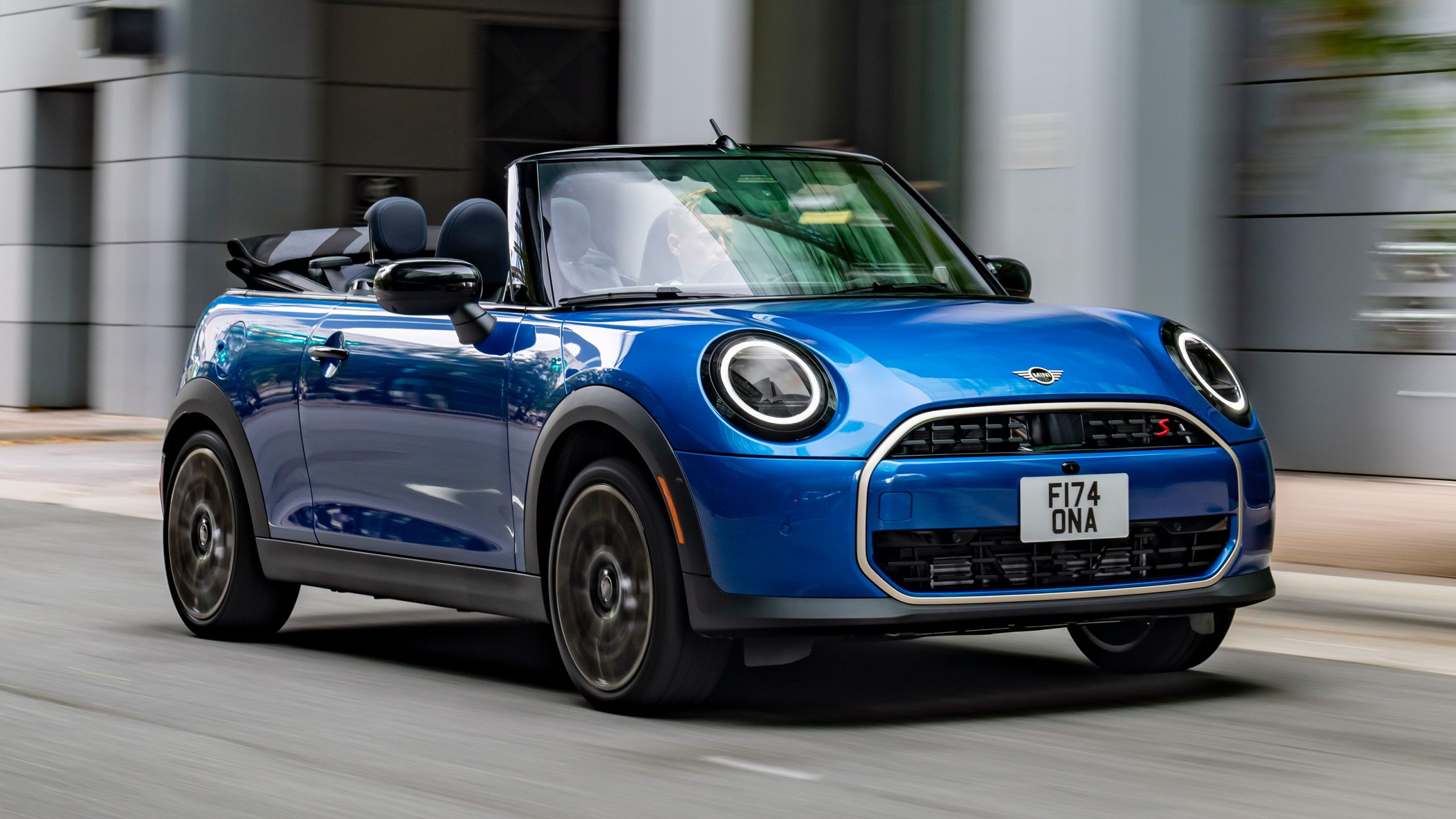
For mechanics, diagnosing Mini issues can be a puzzle, and labor is often high due to cramped engine bays and complex component layouts.
Even when problems are minor, they can result in major bills—and worst of all, repeated no-start incidents that make the car more stressful than enjoyable.
In summary, the Mini Cooper from this era might look like the perfect city car or stylish commuter.
But its tendency to throw start-up tantrums makes it a gamble for anyone who needs a car that just works each morning. The charm wears thin quickly when you’re calling roadside assistance more often than your friends.
2. Volkswagen Jetta (2005–2014): European Design, Electrical Disaster
The Volkswagen Jetta, particularly models built between 2005 and 2014, offers an appealing blend of German styling, a refined ride, and solid road manners.
But behind the polished veneer lies a frustrating truth: these cars are plagued by start-up problems that make them a daily driver’s worst nightmare.
Despite being marketed as practical and efficient, the Jetta’s reputation is marred by electrical gremlins, fragile ignition components, and chronic sensor failures.
One of the main culprits is the car’s notoriously sensitive electrical system. From ignition switches to comfort control modules (CCM), Jettas of this era frequently suffer from communication breakdowns between their many onboard computers.
When one module fails or glitches, it can prevent the car from starting altogether—even if everything else is mechanically sound.
Owners report bizarre warning lights, random no-crank events, and instances where the car refuses to start until disconnected from the battery and reset.
Adding to the trouble is Volkswagen’s temperamental battery and alternator design. In colder climates or vehicles with aging batteries, the Jetta often struggles to start in the morning—even when other cars in the driveway have no issues.
This is exacerbated by parasitic drain caused by the infotainment system, door lock modules, and even the Bluetooth connection, all of which sometimes remain active and drain the battery overnight.
Then there’s the infamous 2.5-liter five-cylinder and the 2.0T turbo engines, which bring their own baggage. Coil packs and crankshaft position sensors are common failure points and frequently lead to hard starts, engine stalls, or no-start conditions.
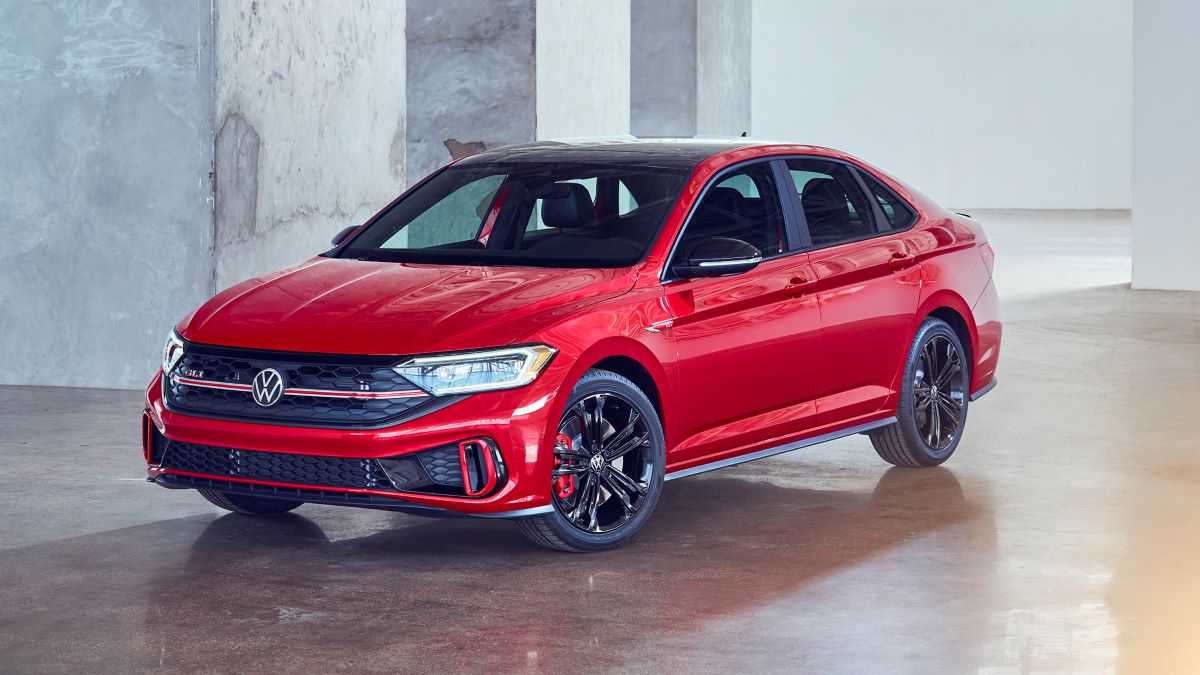
Even basic maintenance can turn into a headache thanks to tight engine bays and specialized components not easily found at standard repair shops.
Diesel models (TDI) aren’t exempt either. Glow plug issues, EGR failures, and high-pressure fuel pump problems make these versions equally inconsistent, especially in cold weather.
While some owners manage to avoid the worst with meticulous upkeep, many others find themselves stranded at inopportune times—facing tow trucks and costly diagnostics for a car that’s supposed to be a commuter’s best friend.
In short, the Volkswagen Jetta may drive like a more expensive car, but its daily reliability often falls short—especially when you’re asking it to do the simplest thing: start up and go.
3. Chrysler 200 (2011–2014): Mid-Size Sedan, Major Starting Headaches
The Chrysler 200 was intended to be a step forward for the struggling brand—a sleek, mid-size sedan built to compete with Japanese reliability and American comfort.
But the 2011–2014 models, especially those equipped with the 2.4-liter four-cylinder engine and base trim levels, have become infamous among owners and mechanics alike for one specific failing: the inability to start when you need them to.
At the heart of the problem is the vehicle’s electrical architecture, which is both overcomplicated and under-engineered.
The tip start ignition system, paired with a low-quality Totally Integrated Power Module (TIPM), has been a widespread source of frustration.
The TIPM is responsible for controlling multiple vehicle functions—including the fuel pump, starter relay, and ignition system.
When it fails—and it often does—it can prevent the car from starting entirely, or worse, cause intermittent no-starts that are nearly impossible to predict or diagnose.
Owners frequently report bizarre electrical behavior: lights flashing randomly, wipers activating on their own, power windows acting erratically—and then, suddenly, the engine won’t crank.
Replacing the TIPM is expensive, and Chrysler did not issue a comprehensive recall for all affected vehicles, leaving many owners to cover the cost out of pocket.
To make matters worse, the starter motor and ignition switch themselves are not robust components.
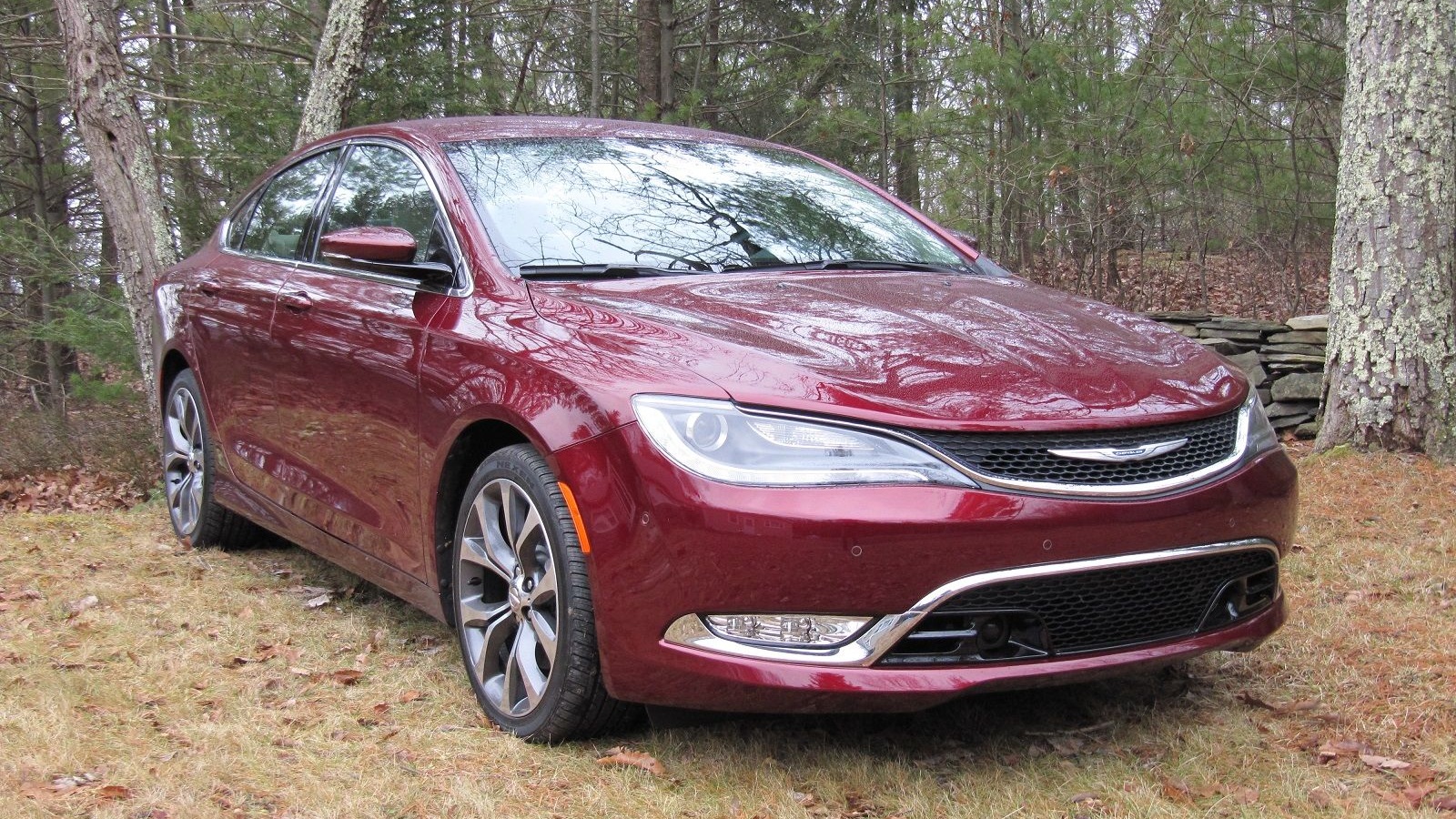
Many drivers report having to jiggle the key, turn it multiple times, or wait for the car’s computer to “catch up” before the starter finally engages. Some even resort to disconnecting the battery and reconnecting it as a temporary fix.
The 2.4-liter “World Engine” is also known for rough cold starts, especially in colder climates. It’s prone to excessive engine noise, oil consumption, and timing chain wear—none of which help with long-term reliability or smooth morning startups.
Even the higher-trim V6 models, while more powerful and generally better received, are not immune to TIPM-related failures or electronic instability.
The Chrysler 200 may look like a respectable commuter, but its underlying systems make it anything but dependable. For a daily driver, consistent start-up is non-negotiable—and in this department, the 200 fails more often than it succeeds.
4. Chevrolet Malibu (2013–2016): Unpredictable Electronics, Unreliable Mornings
The Chevrolet Malibu has long been positioned as a dependable, no-nonsense mid-size sedan for families and commuters.
But the 2013–2016 models, part of the Malibu’s eighth generation, became a symbol of GM’s overreach into electronic complexity—resulting in a daily driver that too often doesn’t start when it’s supposed to.
At the center of the problem is the Malibu’s electrical system, which relies on a complicated Body Control Module (BCM) and advanced start/stop systems.
These features, while designed to improve efficiency and modernize the driving experience, frequently backfire—literally. Owners of this generation commonly report delayed starts, push-button start failures, key fob misreads, and total no-start conditions.
Sometimes the dash lights up with no engine crank. Other times, the car seems to start and stall immediately. Worse, these issues can appear randomly, without warning or any stored fault codes.
The automatic start/stop feature itself has been cited in hundreds of complaints. In theory, the engine shuts off at traffic lights and restarts smoothly when the driver lifts off the brake.
In reality, this system is prone to malfunction, leaving drivers stuck at green lights with an unresponsive car. Many owners had to disable or work around this feature to avoid being stranded in traffic.
The 2.5-liter Ecotec engine, while fairly efficient, is another weak point. Engine control sensors and crankshaft position sensors have a higher-than-average failure rate, contributing to hard starts and misfires.
Even battery and alternator health doesn’t guarantee consistent starts, as the electrical system often “forgets” settings or mismanages load distribution—leading to unexpected drain or failure.
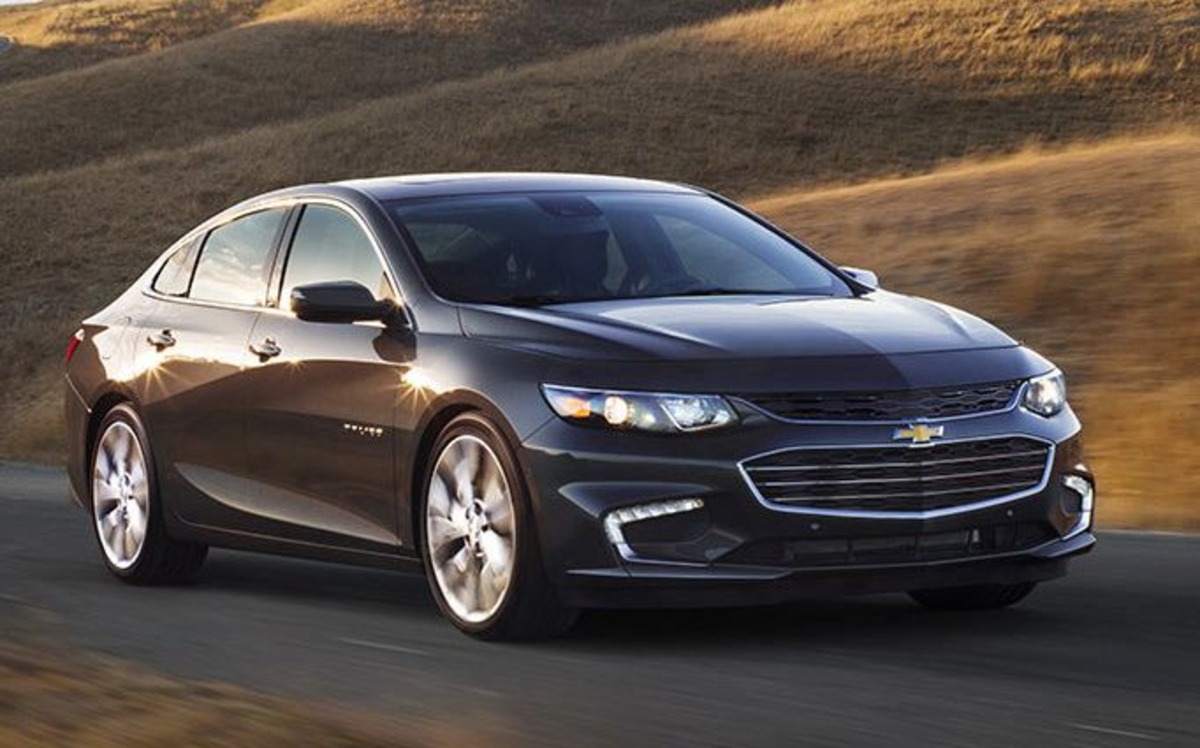
And let’s not forget about the ignition coil and spark plug issues, which appear prematurely in some models and lead to misfires or engine hesitation—often right when the car is trying to start.
To make matters worse, these problems don’t always leave clues. Many Malibu owners have replaced batteries, starters, fuses, and sensors only to have the same no-start issues return days later. It’s the unpredictability that makes this model so frustrating.
For a vehicle marketed as reliable and efficient, the 2013–2016 Malibu too often fails in the most basic task a daily driver must perform: starting consistently. If your schedule depends on your car being ready when you are, this Malibu may not be the right partner.
5. Fiat 500 (2012–2017): Tiny Footprint, Massive Starting Problems
The Fiat 500 was introduced to the U.S. market with bold promises of European charm, compact convenience, and Italian flair.
But while it certainly turned heads, the 2012–2017 Fiat 500 lineup—including the base Pop, Lounge, and even Abarth trims—has become infamous for the very thing a daily driver should never lack: dependable starting.
Start-up issues begin with the Fiat 500’s overly sensitive electrical system. The car’s Body Control Module (BCM) often becomes the epicenter of chaos—misreading signals, failing to properly engage the starter, or randomly disabling power to essential systems like the ignition or fuel pump.
Even with a healthy battery and starter, the 500 may refuse to start due to communication failures between the key fob, immobilizer, and ignition system.
The push-button start setup and proximity key system are frequent offenders. Owners regularly report situations where the car won’t recognize the key, flashes confusing warning messages, or simply fails to crank for no identifiable reason.
These issues are made worse by Fiat’s sparse dealership and parts network in the U.S., which often leaves owners waiting weeks for repairs or replacements.
Mechanically, the 1.4-liter MultiAir engine—while peppy and fun—is not free of blame. In particular, the engine’s complex valve timing system can trigger hard starts, especially in cold weather or if oil changes are missed.
The Abarth variant adds a turbocharger, increasing heat and stress on components, which sometimes leads to premature failure of ignition coils or sensors—further complicating morning startups.
Battery drain is another recurring problem. Even when parked for just a few days, many Fiat 500s experience significant parasitic loss.
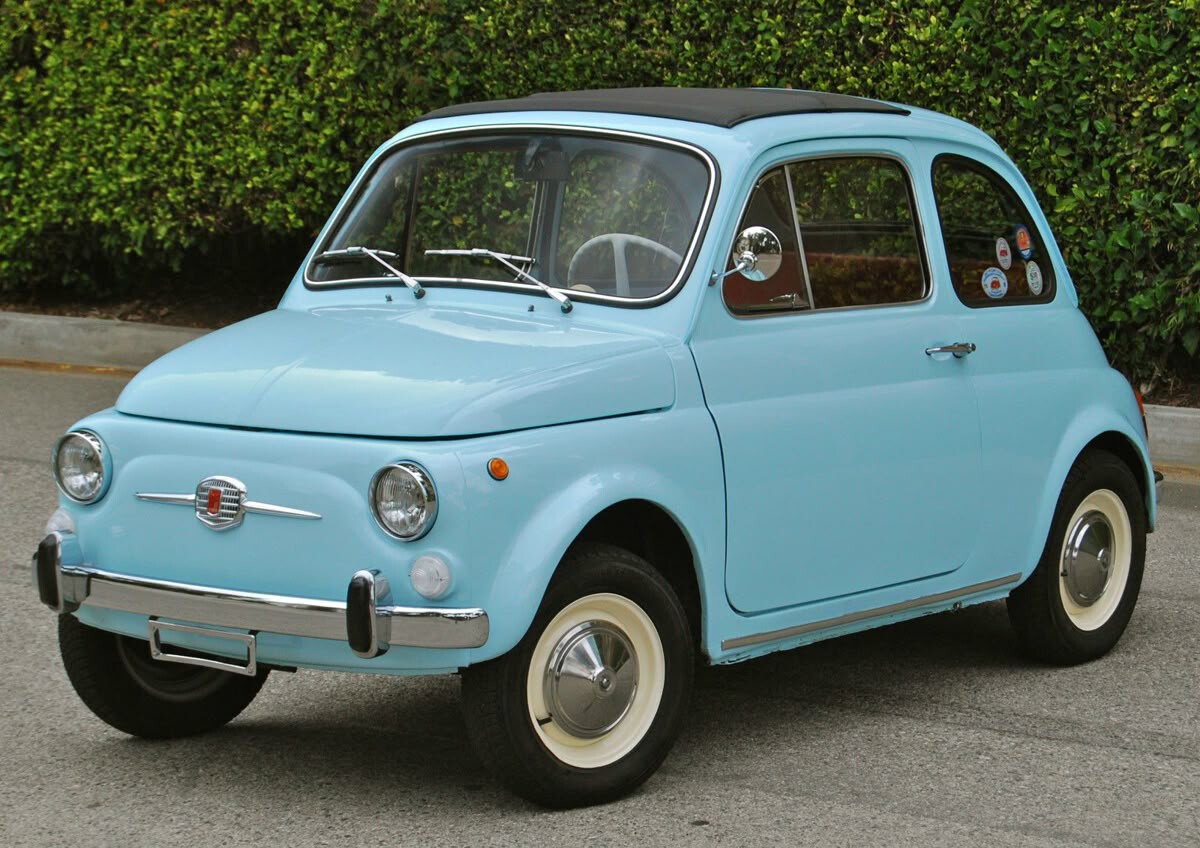
The culprit? Everything from the power windows to the infotainment system has been known to stay “awake” long after the car is locked. The result: dead batteries, weak cranks, or complete no-starts.
Even more frustrating is the randomness. A Fiat 500 can work flawlessly for weeks, only to suddenly throw a fit and strand its owner without warning. It’s not just the lack of reliability—it’s the unpredictability that makes this car a poor choice for dependable daily use.
In theory, the Fiat 500 is a stylish, city-friendly commuter. In practice, it’s a gamble every time you push the button—making it one of the worst daily drivers for those who value consistency.
When it comes to daily drivers, reliability is everything. A car that always starts isn’t just a convenience—it’s peace of mind.
Whether you’re heading to work, dropping the kids off, or making an airport run at 5 a.m., you need a vehicle that’s ready when you are. And yet, as we’ve seen, not all cars live up to that simple but critical expectation.
Also Read: 5 Budget Engines With Million-Mile Potential and 5 That Don’t Even Try

